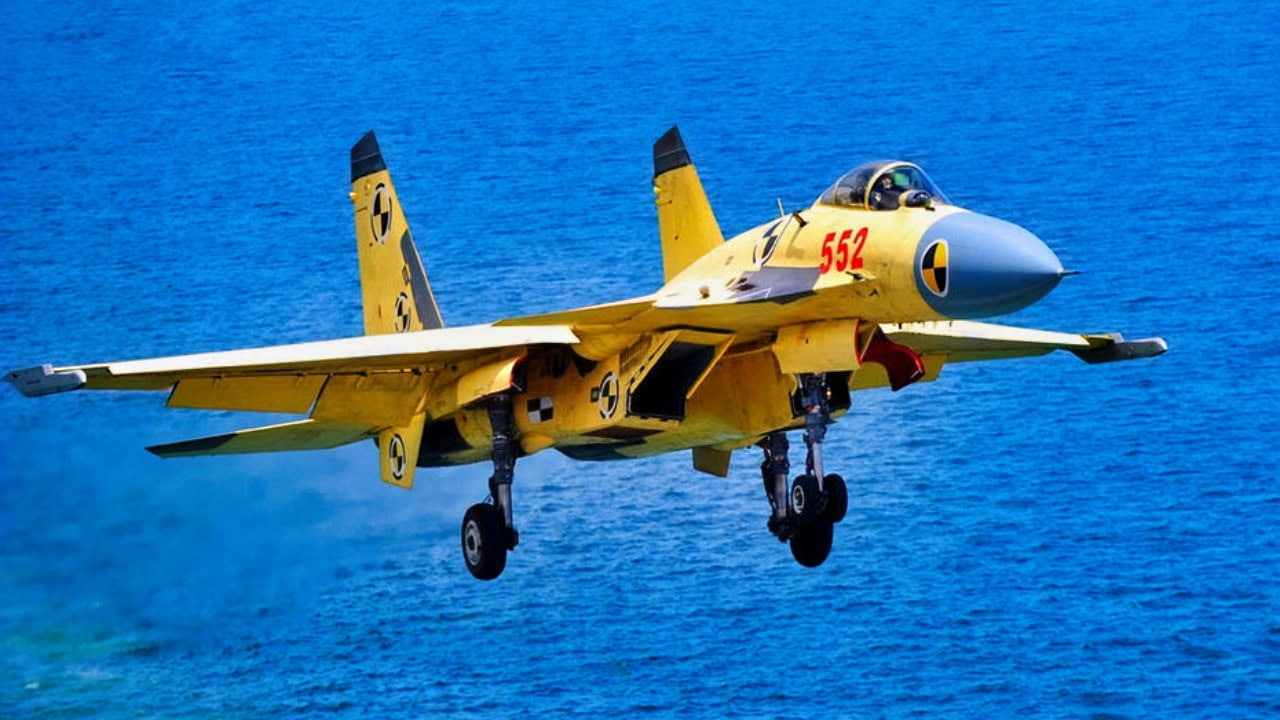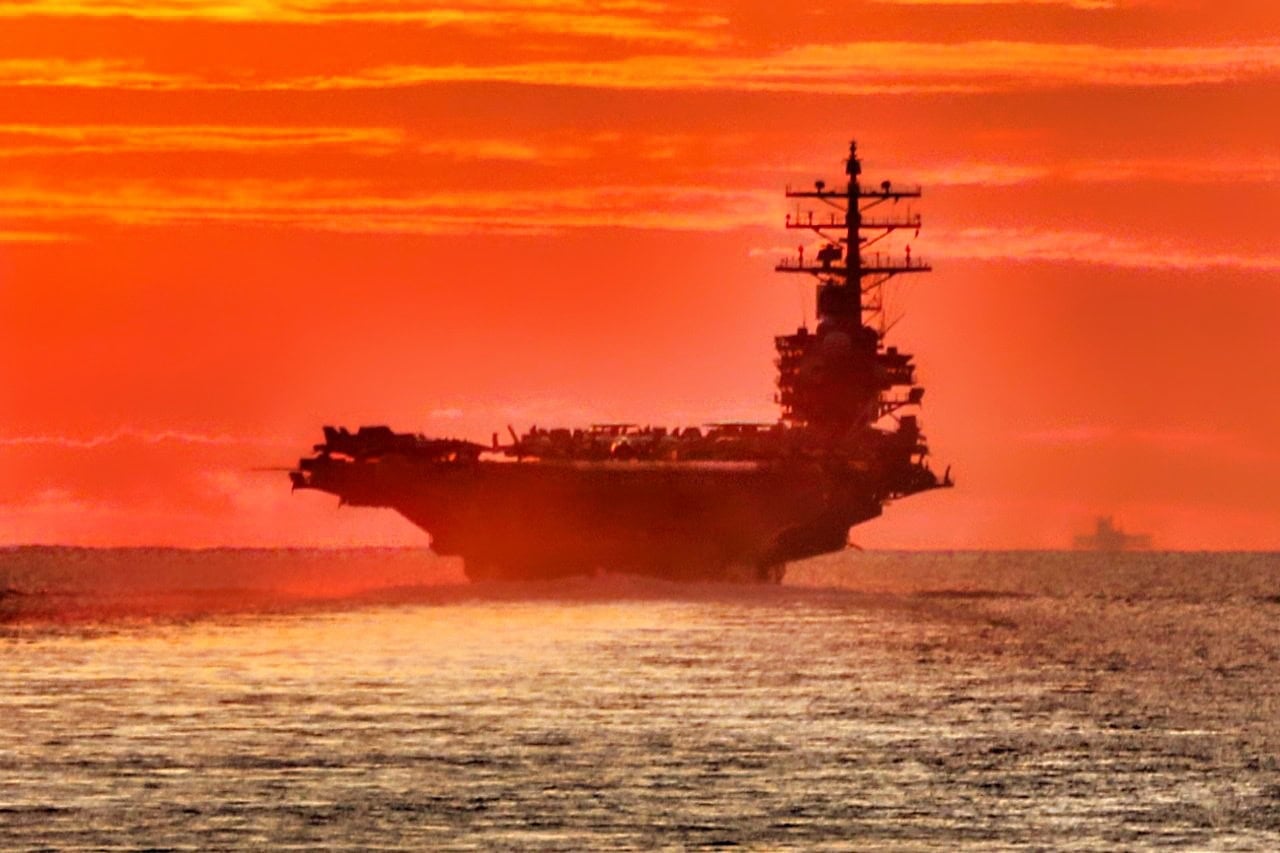Article Summary: In 2024, China intensified its aggression in the South China Sea, targeting Philippine vessels with ramming, water cannons, and military aircraft. While a temporary agreement reduced tensions at Second Thomas Shoal, confrontations at Sabina and Scarborough Shoals escalated.
-The Philippines responded with a $35 billion military modernization plan, legal measures, and expanded cooperation with the U.S. and allies.
-Meanwhile, Vietnam quietly fortified its Spratly Island positions. ASEAN remains divided, stalling progress on a South China Sea Code of Conduct. Looking ahead, China will continue its assertive stance, testing U.S. commitments while Manila strengthens its defenses and regional partnerships.
China’s Aggression in the South China Sea: What Comes Next in 2025?
China escalated its aggression in the South China Sea in 2024, highlighting the ongoing struggle between maritime rights, sovereignty and security. Several confrontations between Chinese and Philippine vessels have led Manila to engage in security efforts to curb China’s intimidation, while divisions within ASEAN continue to hamper efforts to establish a South China Sea Code of Conduct.
In 2024, China stepped up its intimidation, harassment and coercion against the Philippine Navy, Coast Guard and civilian vessels and aircraft operating legally within the country’s exclusive economic zone. China deployed large numbers of People’s Liberation Army Navy, China Coast Guard (CCG) and People’s Armed Forces Maritime Militia (PAFMM) vessels into the West Philippine Sea.
China also passed Provisions on Administrative Enforcement Procedures for Coast Guard Agencies in June 2024 and issued coordinates for baselines around Scarborough Shoal in November to provide ostensible legal cover for its coercion against the Philippines. But Chief of the Armed Force of the Philippines General Romeo Brawner characterised China’s grey zone tactics as illegal, coercive, aggressive and deceptive.
From February to June, CCG and PAFMM vessels repeatedly confronted Philippine rotation and reprovisioning (RORE) missions to the BRP Sierra Madre at Second Thomas Shoal. Chinese coercion included dangerous manoeuvring, deliberate ramming and the use of high-powered water cannons.
On 17 June, Chinese vessels conducted their most violent confrontation of a Philippine RORE mission. Armed Chinese sailors attacked a Philippine rigid hull inflatable boat and assaulted Filipino marines, smashed communication equipment, confiscated weapons and punctured the hull.
The 17 June incident marked an inflection point. After a series of discussions, the two sides announced a provisional agreement to prevent similar incidents on 21 July. Philippine RORE missions were conducted without incident for the remainder of the year.
But the agreement did not include Sabina and Scarborough Shoals.
In April, after the discovery of crushed coral at Sabina Shoal, the Philippines deployed Coast Guard vessel BRP Teresa Magbanua to pre-empt Chinese construction, leading to a series of confrontations with Chinese vessels. On 19 August, 40 Chinese vessels blocked resupply and rammed the hull of the BRP Teresa Magbanua three times. On 12 September, as the BRP Teresa Magbanua withdrew due to ration, medical and ship repair needs, China surged 207 vessels to Sabina Shoal.
Confrontations also escalated at Scarborough Shoal. In August, CCG military aircraft fired flares in Philippine air force flight paths. In December, China dispatched air and naval ‘combat readiness patrols’ around Scarborough Shoal, including a 12,000 ton CCG ship.
In response to escalating Chinese aggression in the South China Sea, the Philippines announced a whole-of-government Comprehensive Archipelagic Defense Concept in January 2024. The concept promotes greater interoperability between the tri-services and civilian agencies to conduct combined maritime and air defence operations. Philippine President Ferdinand Marcos Jr also approved the US$35 billion Re-Horizon 3 program to modernise the Philippines’ Armed Forces.
In November, Marcos Jr signed into law the Philippines Maritime Zone Act and the Philippine Archipelagic Sea Lanes Act to bolster its sovereign jurisdiction in the West Philippine Sea. The Philippines also participated in bilateral and multilateral land, sea and air military exercises with the United States, Australia, Japan and other security partners.
While the United States offered to assist in resupply at Second Thomas Shoal, the Philippines declined, stating that they ‘will exhaust all means before seeking foreign intervention’. But the Philippines permitted the deployment of the US Typhon Strategic Mid-Range Fires System in April during Exercise Salaknib. China protested vehemently and declared that relations with the Philippines were at a crossroad. In November, it was revealed that a US military task force had been deployed to Palawan island to assist the Philippines in logistics and maritime domain awareness.
Unlike the Philippines, 2024 was relatively quiet on Vietnam’s eastern front. In June, the Asia Maritime Transparency Initiative reported growing Vietnamese construction on the Spratly Islands through landfill, dredging harbours and constructing infrastructure, including a 1050 metre airfield on Barque Canada. But China has remained silent on Vietnam’s activities in the South China Sea.
Within ASEAN, progress towards a South China Sea Code of Conduct has remained stalled. At the annual ASEAN Ministerial Meeting on 25 July, it was reported that Cambodia and Laos, the 2024 ASEAN Chair, blocked a proposal by the Philippines to include a reference to the 17 June incident. By the year’s end, various ASEAN diplomats privately reported that little progress had been made on the third reading of the South China Sea Code of Conduct because of divisions within ASEAN.
Looking ahead to 2025, China will continue to assert its sovereignty over land features and adjacent waters within the West Philippine Sea and try to take advantage of the uncertainty surrounding the new Trump administration. The Philippines will redouble its self-defence measures and seek reassurance from the United States that its alliance commitment is ironclad. Vietnam will continue to improve infrastructure on its land features.

J-15 Flying Shark Fighter from China.
On the South China Sea Code of Conduct, China will continue to play a double game in negotiations with ASEAN by pressing for an early conclusion of negotiations as a diplomatic ploy while letting negotiations drag on, as both options prevent direct US involvement.
About the Author
Carlyle A Thayer is Emeritus Professor of Politics at the University of New South Wales, Canberra. This first appeared in East Asia Forum.

